Canon C300MkII Firmware v1.0.4.1.00 Review

C300 Firmware v1.0.4.1.00 Review
The recent Firmware for the Canon C300 Mark II introduces new functionality but also some important bug fixes. We’ve investigated the the changes.
Video Chapters
0:12 - Focus magnification 0:37 - Black orb Problem 0:48 - C-Log2 / C-Log3 differences 1:20 - C-Log/C-Log2/C-Log3 ungraded/graded 1:40 - Latitude Test C-Log2/C-Log3
Expanded Focus was turned off when recording starts
Fixed. Expanded Focus (Focus Magnification) is now also available when filming and stays zoomed in after hitting record. I wish the camera also magnifies the image on an external monitor (or EVF) when the OSD Output is enabled for the monitoring BNC Terminal.
New C-Log3 Gamma
After a few tests with C-Log3 it seems a combination of the C-Log and C-Log2 but without the extreme luminance compression like C-Log2 and flatter than C-Log.
The C-Log3 gamma curve is very similar to the older C-Log and share the same middle grey-point but starting a tad lower in the shadows and has a very similar curve, but at the highlights end of the curce is reaching up a few stops further up in brighter areas similar to C-Log2. The main difference between C-Log2 and C-Log3 is the usable brightness range, which – ironicly – is greater with the new C-Log3 (see Waveforms below), which results in a bit better image quality after color grading because C-Log3 uses more brightness sample-steps than C-Log3 (see table below). These are electronic sampling stops, not exposure stops.
Dynamic Range Compared
Basically the new C-Log3 has nearly the same exposure latitude as C-Log2 (1/3-2/3 stop less than C-Log2) but with a different gamma cure and a different brightness distribution. C-Log2 is crammed between 3% IRE (usable at apx. 5%) and 92% IRE with a bit more shadow details and C-Log3 is distributed more upwards in brightness from apx. 6% to 109% IRE Levels reaching into the Superwhites area which is normaly not seen when the videos are viewed in a video-player and have to be brought back in the colorgrading process.
The measured exposure dynamic range of C-Log3 is over 14 stops (very close to 15 stops) . The new Gamma C-Log3 behaves different than C-Log2. It has much less shadow noise than C-Log2 but there are a bit less shadow deatails in the ungraded image. The highlights reach over 100% into the Superwhite zone, but resolves highlights a bit better, or say differenly than C-Log2, because hightlights are more stretched out in C-Log3 and keep more sampling-data in it than C-Log2.
When we asume a theoretical maximum IRE video range from 0-109% for a 10-bit codec and count away the brightness samples which are not used we get the following maximum sample-brightness-steps out of the three C-Log gammas:
| GAMMA | IRE MIN | IRE MAX | USABLE SAMPLE STEPS |
|---|---|---|---|
| C-Log | 9% | 109% | apx. 958 out of 1024 |
| C-Log2 | 3% | 92% | apx. 836 out of 1024 |
| C-Log3 | 6% | 109% | apx. 967 out of 1024 |
Below are example video snapshots from all three C-Log gamma curves available in the Canon C300 MkII. (Note: the waveforms above are from different snapshots, not the snapshots below)
Skintones look best when exposed below 70% IRE, this is the sweet-spot for C-Log3. We measured a C-Log3 dynamic range of 14 stops, about 1 stop less than C-Log2.
Noise levels are very low C-Log3 because of it’s rised brightness curve distribution compared to C-Log2. Noise is much more noticable in shadows than in brighter areas, so C-Log3 has an advantage here too.
As a conclusion we can say that Canon has implemented a very robust gamma curve with the new C-Log3 which is easier to grade and very versatile to use, with the only caveat of a bit less shadow detail compared to C-Log2.
Improved C-Log2 Gamma
When the C300 Mark II came out in late 2015 the proposed dynamic range for the camera was advertised as 15 stops. Unfortunately the usable dynamic range was one and a half stop less because of strong noise in the lower shadows. With this firmware version Canon managed to reduce the noise in the shadows to a normal level and we measured more than 15 stops dynamic range with the new firmware. From a middle grey card +3 stops until the grey is overexposed and at least -12 stops until the shadow grain eats the next stop, which results in solid 15 stops.
[before-after viewer_position=”center” label_one=”original ungraded c-log2″ label_two=”updated ungraded c-log2″ overlay_opacity=”0″]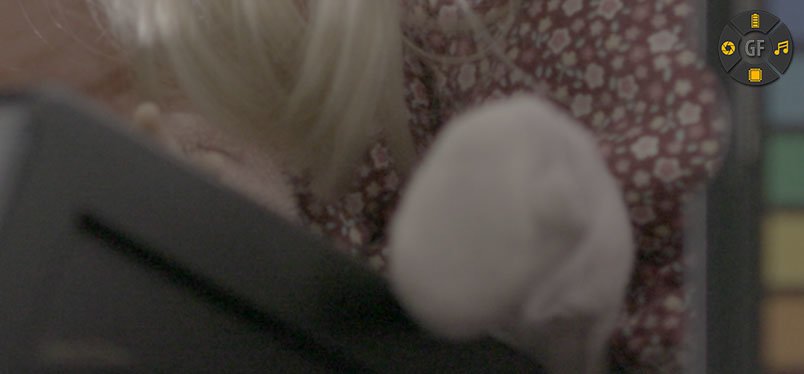

[/before-after]
C-Log noise comparision 1:1 crop (don’t mind the focus, it changed after the firmware update 😉 )
When we compare the updated C-Log2 with the older version we clearly see a improvement in lower ISO settings with noise starting to increase as we rise ISO and the old and new version match noise at apx. ISO 20.000.
Watch the youtube video on a 4K screen to see all details or download the video from vimeo (http://vimeo.com/177222164).
ACES Proxy
ACES Proxy BNC Terminal output is now available, but only if any of the pre-defined C-Log2 or C-Log3 Picture-Profile Presets are selected. The ACES Proxy output is not available when the Presets are turned off and a custom picture style is manually set up via Main Settings/Other Settings menu options.
Black Hole Sun Spot when filming bright light sources
Mostly fixed. A very bright, faint pinkish (nearly white) spot is still barely visible when filming towards a bright light source in some situations, but fortunately not black like it was before.
New Features for Supported Lenses
At the time of the tests we did not have the lenses available to test the new lens features.


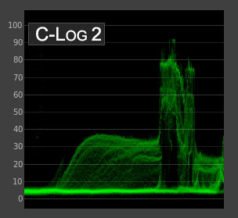
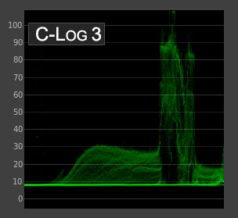


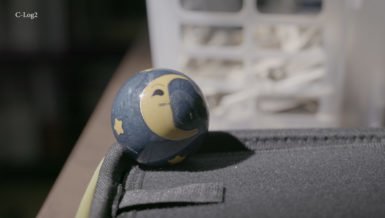

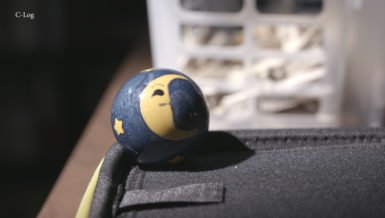

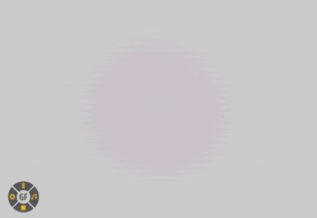
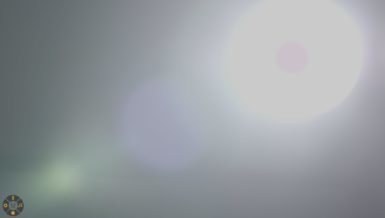


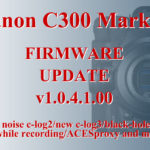
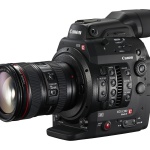
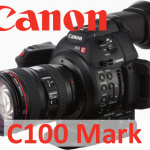
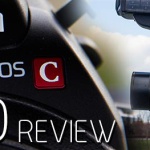
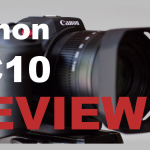
You must log in to post a comment.